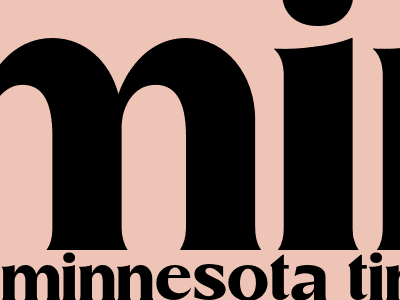
Minnesota Timberwolves Team Colors: A History of Purple, Blue, Gold, and Green
From the Birth of the Franchise to the Present Day
The Minnesota Timberwolves are a professional basketball team based in Minneapolis. The team was founded in 1989 as an expansion team, and has played its home games at Target Center since 1990. The Timberwolves have won one division title, in 2004, and have made the playoffs 11 times, including a Western Conference Finals appearance in 2004. The team's colors have changed several times over the years, but the current color scheme of navy blue, green, silver, and white has been in use since 2017.
Origins of the Purple and Blue
The Timberwolves' original colors were purple and blue, which were chosen to reflect the team's home state of Minnesota. Purple is the state flower, and blue is the color of the state bird, the common loon. The team's logo also featured a wolf howling at the moon, which was a nod to the team's name. The Timberwolves wore these colors from 1989 to 1996.
A New Era: Green and Gold
In 1996, the Timberwolves underwent a major rebranding, which included changing their colors to green and gold. These colors were chosen to reflect the team's new home arena, the Target Center, which was green and gold. The team's logo was also changed to a more modern design, featuring a wolf's head inside a basketball.
Silver and White: A Modern Touch
In 2017, the Timberwolves unveiled a new color scheme of navy blue, green, silver, and white. This color scheme was designed to be more modern and sleek, and to reflect the team's new identity as a rising force in the NBA. The team's logo was also updated, featuring a more stylized wolf's head.
The Meaning Behind the Colors
Each of the Timberwolves' colors has a specific meaning:
- Navy blue: Represents the team's home state of Minnesota, which is known for its lakes and rivers.
- Green: Represents the team's new home arena, the Target Center, which is green and gold.
- Silver: Represents the team's modern and sleek identity.
- White: Represents the team's future and potential.
The Timberwolves' colors have evolved over the years, but they have always remained true to the team's identity and its home state of Minnesota.